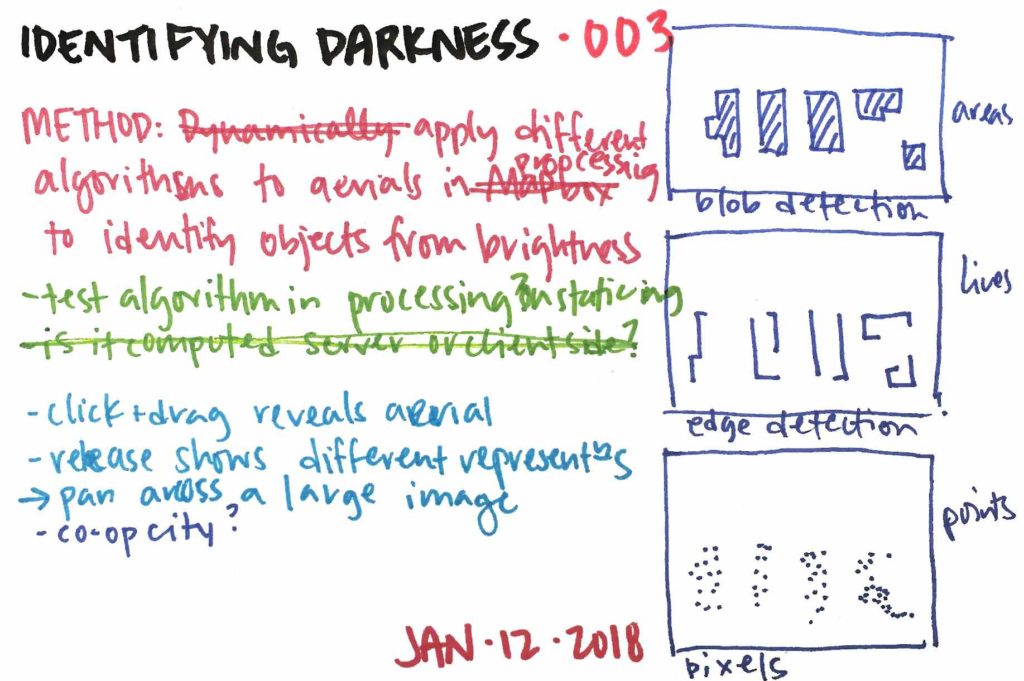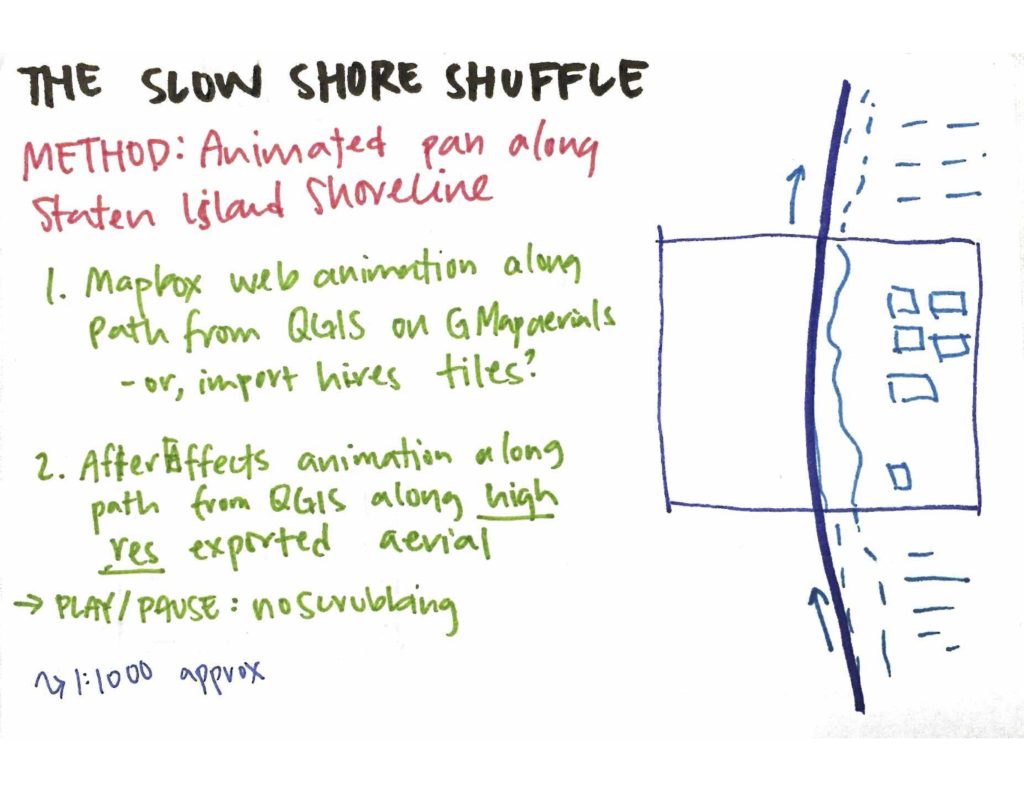This weekend focused on diagramming and annotating each controller imagined for Pong thus far. In writing each one out on an index card, additional questions emerged to support the principle thesis question:
- What does it mean for the same controller to be used at a different scale of the body?
- What body does each controller expect? How is this apparent? How can the controller be used differently?
Drawing from Susan Leigh Star’s article, “Power, Technology and the Phenomenology of Conventions”, considering other controllers for the same game asks: How could it have been otherwise? Why are games played with the same controller? Can we play the same game with different controllers?
Using the same controller assumes a leveled playing field — but only for bodies matching the “standard body” for which the controller was designed. Even then, all bodies are different and the body imagined by a technology is always that, imagined. Furthermore, bodies change — throughout a day, over the course of a week, over years.
This led to thinking about technology in sport: clothing such as full body high-performance swim suits in swimming, equipment such as clap skates in speed skating, strategic analysis as demonstrated in “Moneyball”, and modifications to one’s body with performance enhancing drugs. These too are all extensions of the body, yet some are accepted — clap skates — while others are prohibited — the swim suit. While clap skates initially caused uproar, they have now become the dominate technology in the sport. On the other hand, is a full body swim suit all that different than shaving one’s body? Is the judgement of performance within the sport then an evaluation of one’s skin? (Note: leading up to the Athens Olympics in 2004, The Economist published an interesting article debating performance enhancing drugs and whether their prohibition should be reconsidered. Similarly, a new book Rayvon Fouché called “Game Changer” questions the distinction between technical innovation and cheating in sport.)
Next weekend will revive a unfinished historical study of sensors to explore their genesis and how these technologies have shaped bodies over time. How have these sensors and their relationship to our bodies changed? How have they come to shape social relations? Further work will develop relationships between the various imagined controllers through the following classification:
- Controllers using the same sensor, same action but produce a different outcome;
- Controllers using different sensors but the same action to produce the same outcome; and
- Controllers using the same sensor but different action to produce the same outcome.

